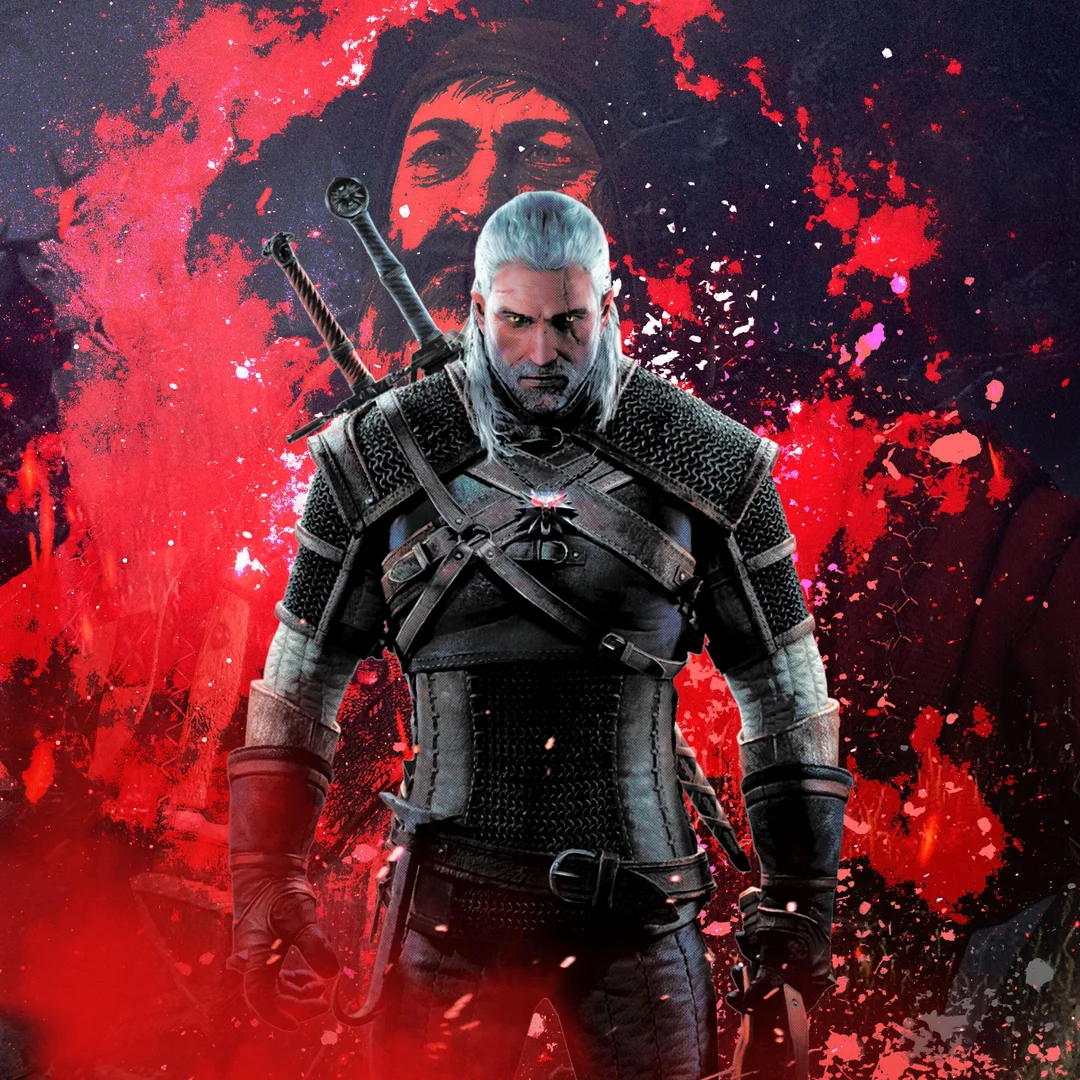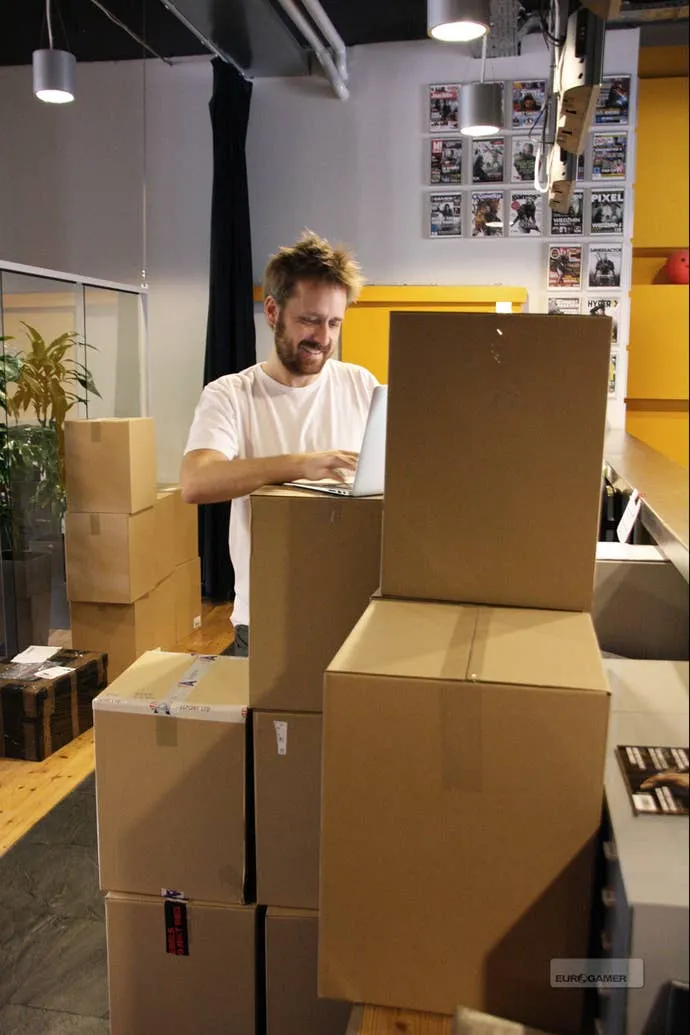
A Look Inside CD Projekt Red and The Witcher 3’s Enduring Quest Design on 10th Anniversary
Ten years ago, The Witcher 3: Wild Hunt launched. Journey back to CD Projekt Red during those intense release days, capturing the studio's atmosphere as they prepared for a new era. This article delves into the creation of this landmark game, its impact, and the enduring legacy of its quest design.
The original article from August 2015 offers a rare glimpse into the inner workings of CD Projekt Red. The studio buzzed with energy as developers anticipated the game's launch. High-profile figures like Polish Prime Minister Ewa Kopacz visited to celebrate the game's significance as a national symbol, underscoring its cultural importance in Poland.

Lead quest designer Konrad Tomaszkiewicz recalls the ambitious vision for The Witcher 3, aiming for an open world experience despite initial fears and technical challenges. The journey to release was fraught with challenges, including difficult crunch periods and the need to convince the team of their ambitious goals. Key decisions included story cuts and a critical delay to polish the game, ultimately prioritizing quality over a rushed launch.
However, some elements were cut. One of the most celebrated elements of The Witcher 3 is its quest design, which redefined open-world storytelling. Instead of generic fetch quests, each offered a unique and compelling narrative, deeply integrated into the world. Brian Mitsoda, narrative designer of Vampire: The Masquerade—Bloodlines, praised The Witcher 3 for raising the bar, stressing that is was an "event game".
"Family Matters," centering on the Bloody Baron, is one of the most praised video game quests ever. From a monster-infested bog you travel to the Baron’s castle. The quest explores themes of substance abuse, domestic violence, and folk horror, culminating in difficult choices with lasting consequences.

For the tenth anniversary of The Witcher 3, senior quest designer Joanna Radomska explained the meticulousness taken in creating A Towerful of Mice, "Romeo and Juliet vibe into the story, so it's a little bit more relatable than Popiel, which is just a ruler and his peasants attacking him".
CD Projekt Red took several measures into creating a scary atmosphere. "We wanted to keep players in this horror mode when they are stressed and feel like there's danger and they don't know what exactly will happen," Radomska said.
Despite initial success, The Witcher 3 faced criticism for a graphics downgrade compared to its E3 2013 debut. This led to heated discussions and a need for clear communication from the studio to address fan concerns.
The games success wasn’t just about technical achievement, it was about something more. Konrad Tomaszkiewicz remembers the first review, "It's the first review!' I open it and it was 10/10, and in the whole studio it was so loud - we just jumped on each other and it was a really cool moment, because we knew that we had bugs but they saw something more in the game, not only the game itself."
The Witcher 3's quest design, character-driven stories, and bold narrative choices have left a lasting impact on the gaming landscape. Games like Assassin’s Creed Valhalla and the works of studios founded by CD Projekt Red alumni continue to echo its influence.
What are your most memorable moments from The Witcher 3? Share your thoughts in the comments below.